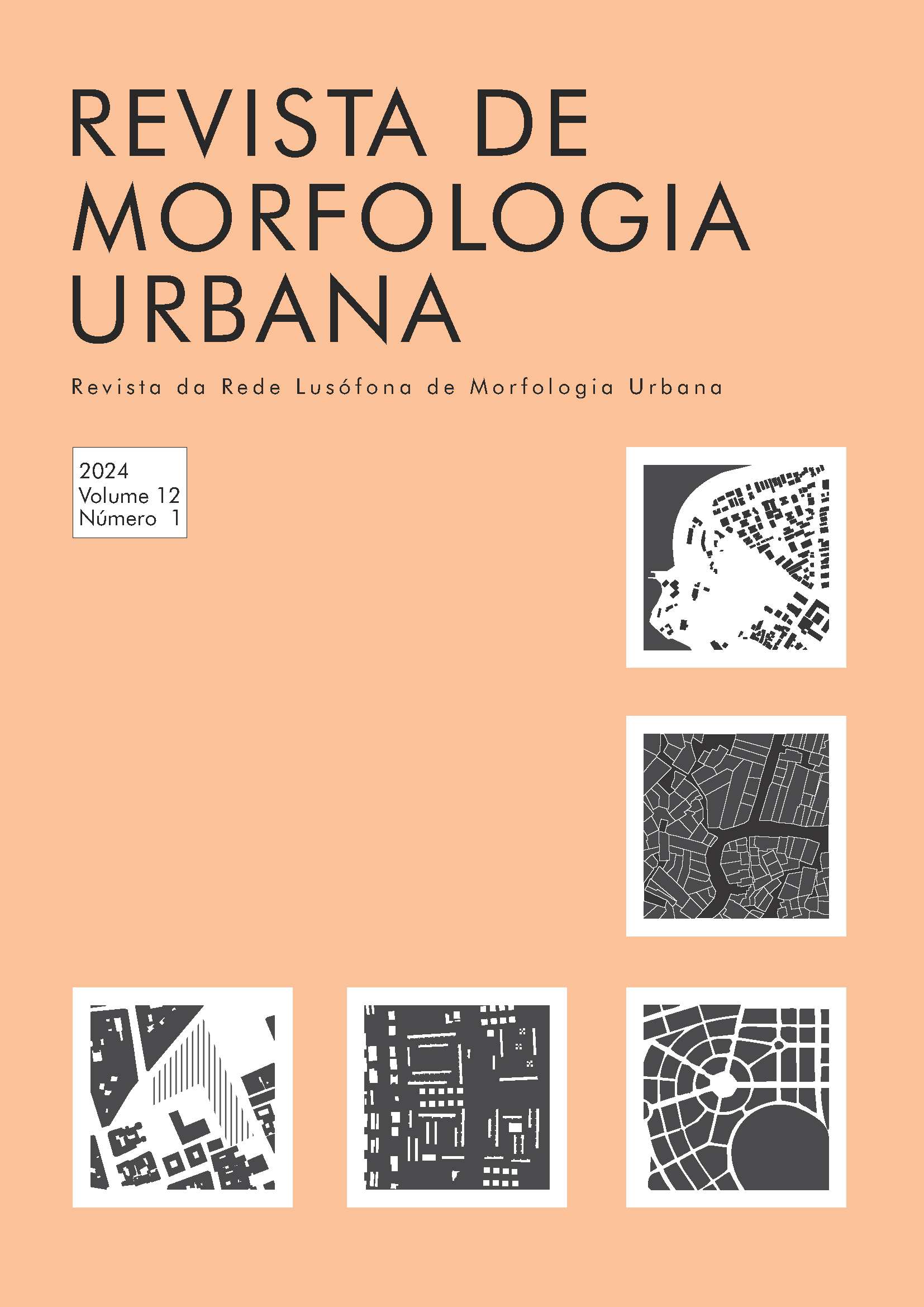Abstract
Axial maps have been progressively replaced by “Road Center Line” (RCL) maps such as those afforded by Open Street Map, due to greater ease of obtaining data and preparing the base map for Space Syntax quantitative analyzes. With the availability of free tools, they have become increasingly accessible to a greater number of researchers. However, this process still raises questions and poses challenges for users, especially when the aim is to automate it in order to avoid redoing the work, and allow reproduction by other interested parties. In this context, we tested three free tools for preparing and creating configurational maps – Space Syntax Toolkit (SST), PST and sDNA–, comparing their functionalities, strengths and weaknesses. To do this, we used a sample in Florianópolis and went through all stages of the process, with special emphasis on filtering and selecting pathways and on the geometric preparation to adapt the raw map to the necessary format for syntactic calculations. Finally, we compare Global Integration measures achieved by the three tools, demonstrating that the results are very similar, and we suggest a workflow to automate this process through QGIS graphical models, which can be reused, improved and adjusted for specific contexts.
References
Cooper CHV and Chiaradia AJF (2020) sDNA: 3-d spatial network analysis for GIS, CAD, Command Line & Python. SoftwareX 12: 100525.
Donegan L and Silva FTD (2022) Depicting routes and centralities: preparing and investigating Road Centre Lines for Angular Segment Analysis in two Brazilian cities. urbe. Revista Brasileira de Gestão Urbana 14: e20210173.
Gil J, Varoudis R, Karimi K, et al. (2015) The space syntax toolkit: Integrating depthmapX and exploratory spatial analysis workflows in QGIS. In: Proceedings..., London, 2015. UCL.
Hillier B and Hanson J (1984) The Social Logic of Space. Cambridge: Cambridge University Press.
Hillier B, Hanson J, Peponis J, et al. (1983) Space syntax: a different urban perspective. Architects’ Journal 178: 47–63.
Hillier B, Burdett, Richard, Peponis J, et al. (1987) Creating life: or, does Architecture determine anything? Architecture et Comportement/Architecture and Behaviour 3(3): 233–250.
Hillier B, Penn A, Hanson J, et al. (1993) Natural movement: or, configuration and attraction in urban pedestrian movement. Environment and Planning B: Planning and Design 20(1): 29–66.
Hillier B, Yang T and Turner A (2012) Normalising least angle choice in Depthmap - and how it opens up new perspectives on the global and local analysis of city space. The Journal of Space Syntax 3(2): 155–193.
Penn A (2003) Space Syntax And Spatial Cognition: Or Why the Axial Line? Environment and Behavior 35(1): 30–65.
Saboya R, Reis A and Bueno A (2016) Continuidades e descontinuidades urbanas à beira-mar: uma leitura morfológica e configuracional da área conurbada de Florianópolis. Oculum Ensaios 13(1): 129–152.
Stavroulaki G, Marcus L, Berghauser Pont M, et al. (2017) Representations of street networks in Space Syntax: towards flexible maps and multiple graphs. In: Proceedings..., Lisboa, 2017. Instituto Superior Técnico.
Stavroulaki I, Berghauser Pont M, Fitger M, et al. (2023) PST Documentation. Spatial Morphology Group (SMoG). Available at: https://research.chalmers.se/en/publication/535711 (accessed 11 February 2023).
Turner A (2001) Angular Analysis. In: Proceedings of the 3rd Space Syntax Symposium, Atlanta, 2001.
Turner A (2007) From axial to road-centre lines: a new representation for space syntax and a new model of route choice for transport network analysis. Environment and Planning B: Planning and Design 34(3): 539–555.

This work is licensed under a Creative Commons Attribution 4.0 International License.
Copyright (c) 2024 Renato Saboya


